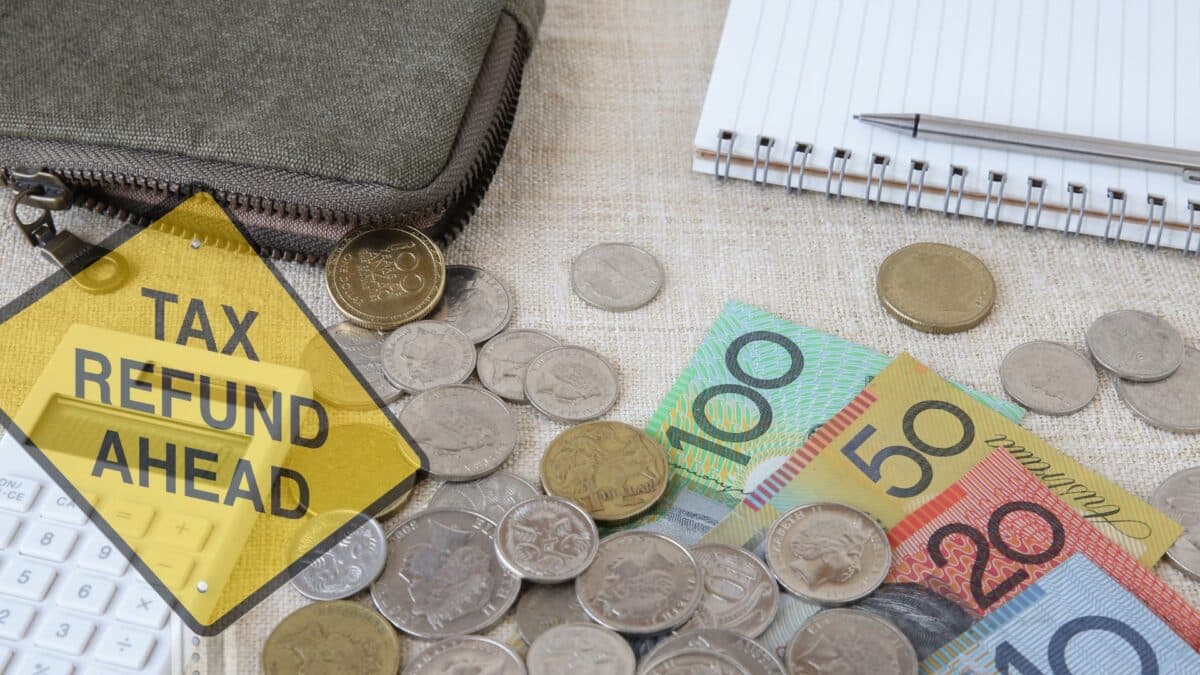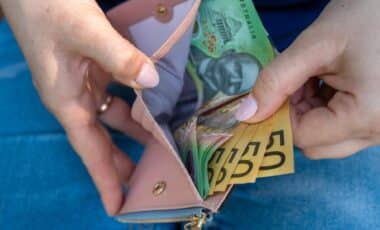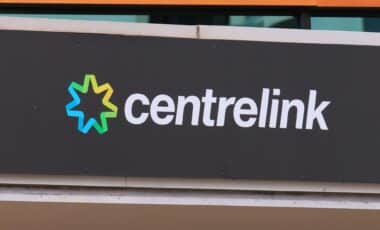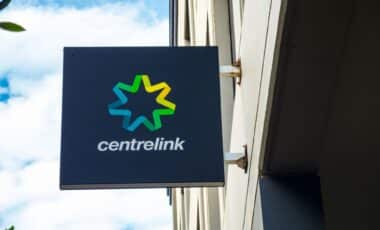In a welcome boost for millions of Australian households, over 10 million taxpayers are expecting to receive a significant tax refund of approximately \$1,519 each after July 1, 2025. This comes at a time when many Australians are grappling with tight budgets and the rising cost of living.
The anticipated refunds are expected to inject a total of \$15.3 billion into the economy, offering some much-needed financial relief. The data comes from a survey conducted by comparison site Finder, which revealed that 47% of taxpayers expect a refund this year.
The average tax refund of \$1,519 is seen as crucial for a large portion of the population, with many households living paycheck to paycheck. Finder’s head of consumer research, Graham Cooke, noted that for those with little savings, this cash injection will be particularly important. T
he refund will provide a financial cushion for those struggling with daily expenses and will likely help ease some of the financial strain many are feeling due to inflation and the high cost of goods.
Gender Differences in Financial Relief
Finder’s survey also highlighted a notable gender disparity when it comes to the importance of tax refunds. Nearly 40% of women surveyed said the tax refund was crucial to their financial health, compared to just 24% of men. This suggests that women, especially those managing households or dealing with wage gaps, are more reliant on these refunds for financial stability. The results underscore the growing economic pressures women face in balancing household budgets amidst rising living costs.
In addition, nearly 25% of men and women alike indicated that the tax refund was “somewhat important,” reflecting the role these refunds play in helping many Australians cover their essential expenses. The financial reprieve provided by the refunds comes at a time when many are finding it difficult to keep up with the increase in living costs, which have risen by more than 20% since the first quarter of 2020.
Managing the Windfall: Wise Spending Advice
With many Aussies counting on their refunds to ease the financial burden, Finder’s Graham Cooke has offered advice on how to manage these funds wisely. He suggested that taxpayers consider using the refunds to pay down outstanding debts, add to savings, or make voluntary contributions to their superannuation accounts. For those who do not yet have three to six months’ worth of essential expenses saved, building or topping up an emergency fund can provide significant security for the coming year.
The survey also found that nearly 20% of Australians expect to owe tax this year rather than receiving a refund. However, the large majority of those who will receive a refund view the money as critical or important for their financial well-being. This highlights just how vital these tax returns are for many households, particularly those struggling to keep pace with rising prices and inflation.
Financial Strain Amid Inflation
Since 2020, inflation in Australia has surged by over 20%, putting immense pressure on households. The consumer price index peaked in 2022, when prices rose by 7.8% in the 12 months to the December quarter. These inflationary pressures have significantly impacted everyday spending, with many Australians reporting that they are finding it harder to manage their day-to-day expenses. As the cost of living continues to climb, the expected tax refunds offer some relief, even if temporary, by providing much-needed financial relief to consumers.
With such a large portion of the population depending on their tax refunds, the upcoming cash injection will play a key role in alleviating financial strain, at least in the short term. Many Australians are looking forward to July 1, when the refunds will begin to hit their bank accounts, offering them a financial boost during difficult times.









